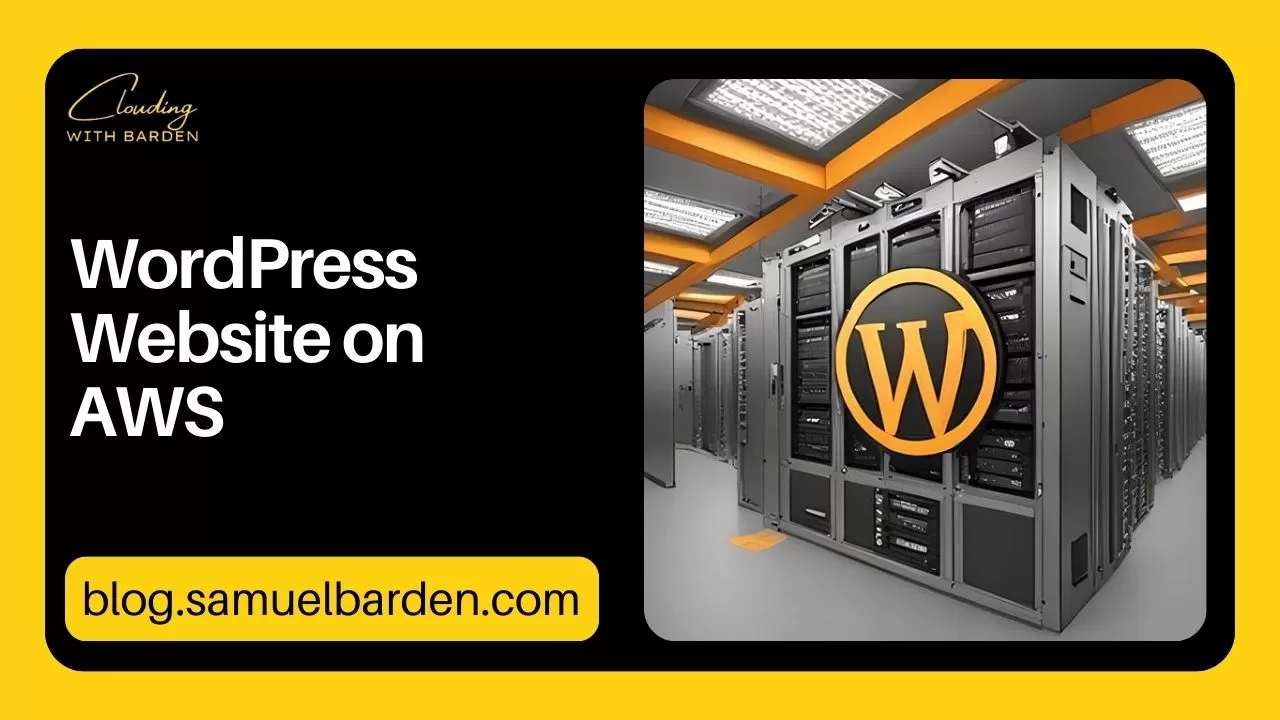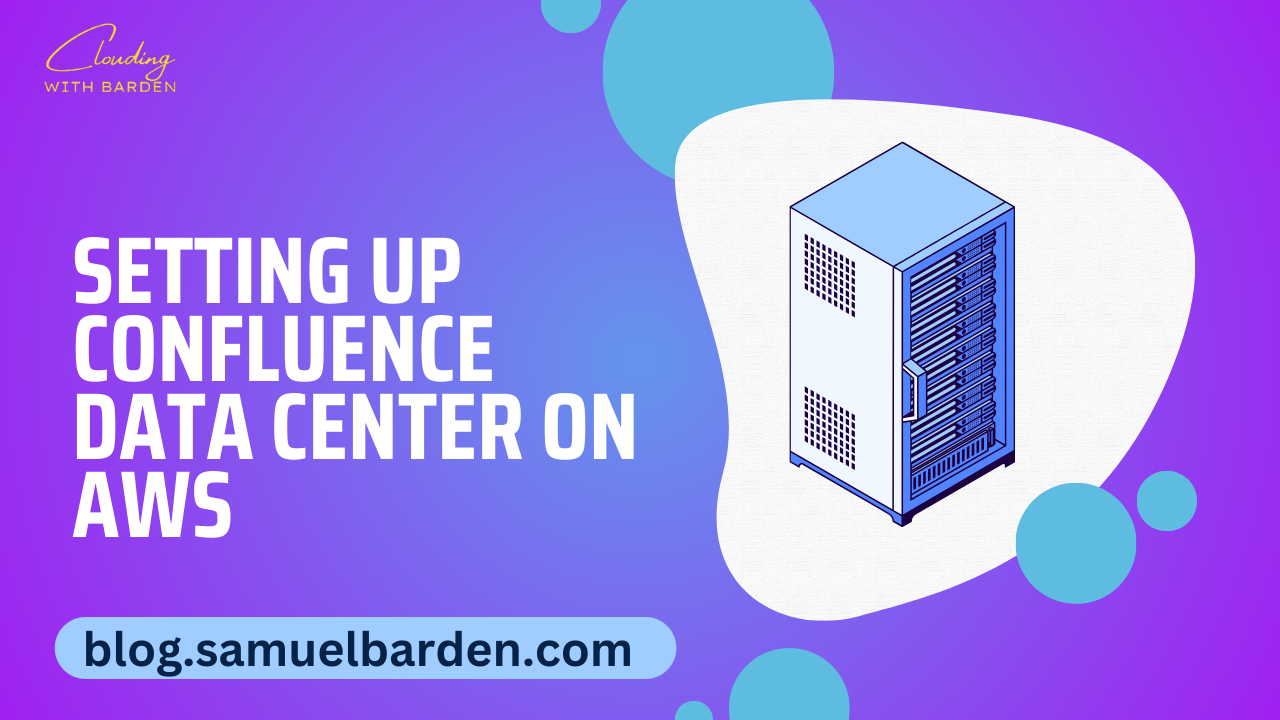Today I’ll let you know how to host a static website on AWS using S3. First let’s get started with what a static website is and then we’ll move on from there.
What is a static website?
A static website is a collection of web pages with fixed content, presenting the same information to every visitor. Unlike dynamic websites, static sites do not engage in server-side processing or database connectivity. They consist of HTML, CSS, and sometimes JavaScript, rendering pre-built pages directly to users. The simplicity of this structure offers advantages in specific scenarios, emphasizing efficiency and rapid page loading.
An example of static website
Imagine a small, local restaurant that wants to establish an online presence. They decide to create a static website to showcase their menu, opening hours, and contact information. In this scenario, the content on each page is fixed and doesn’t change frequently. Users can navigate through the site to view the menu, learn about the restaurant, and find contact information. The simplicity and stability of a static website make it an excellent choice for businesses with relatively unchanging information, like a local restaurant showcasing its delightful menu.
Let’s explore the key components and steps involved in hosting static websites on AWS.
- Amazon S3 for Storage
Amazon S3 (Simple Storage Service) is a highly scalable object storage service.- Create an S3 bucket for your app in the AWS Management Console.
- Upload your static files (HTML, CSS, JavaScript, images) to the S3 bucket.
- Set permissions to make the bucket publicly accessible.
- CloudFront for Content Delivery
Amazon CloudFront is a content delivery network (CDN) service that securely delivers data.- Create a CloudFront distribution.
- Configure the origin settings to point to your S3 bucket.
- Set up caching behavior and configure SSL/TLS for secure communication.
- Route 53 for Domain Management
Amazon Route 53 is a scalable domain name system (DNS) web service.- Register a domain or transfer an existing one to Route 53.
- Create a hosted zone and configure the DNS records to point to your CloudFront distribution.
- AWS Certificate Manager for SSL/TLS Certificates
AWS Certificate Manager (ACM) manages SSL/TLS certificates for your applications.- Request a certificate for your domain in ACM.
- Validate the certificate using DNS validation.
- Associate the certificate with your CloudFront distribution.
- Infrastructure as Code (IaC) with AWS CDK
AWS Cloud Development Kit (CDK) allows you to define infrastructure as code.- Install and configure AWS CDK.
- Write a CDK application to define your S3 bucket, CloudFront distribution, Route 53 configuration, and ACM certificate.
- Deploy your infrastructure using the CDK CLI.
- Cost Optimization
- Leverage S3’s low-cost storage class options.
- Utilize CloudFront caching effectively to reduce data transfer costs.
- Monitor and adjust resources based on actual usage to avoid unnecessary expenses.
Conclusion
Using services like S3, CloudFront, Route 53 and ACM can help you create a good and cost-effective infrastructure for your static applications. And Infrastructure-as-Code with AWS CDK will help enhance the manageability of your setup. With these steps your static app will be ready to serve users reliably and efficiently.
Stay Clouding!



